Experience
Top Industries
Fast-Paced and Challenging
Manufacturing
Manufacturing facilities come with fast deadlines and unique challenges. Each week construction is delayed from intended finish date, the client is losing more and more money by delaying production. It is important to do work in a timely manner, but stay diligent to the challenges at hand. Some of the coordination challenges include considering robotic clearances, pedestrian walkways, transport vehicles, operations, MEP obstructions, etc. Understanding these challenges before hand allows us to assess issues and find resolutions quickly.
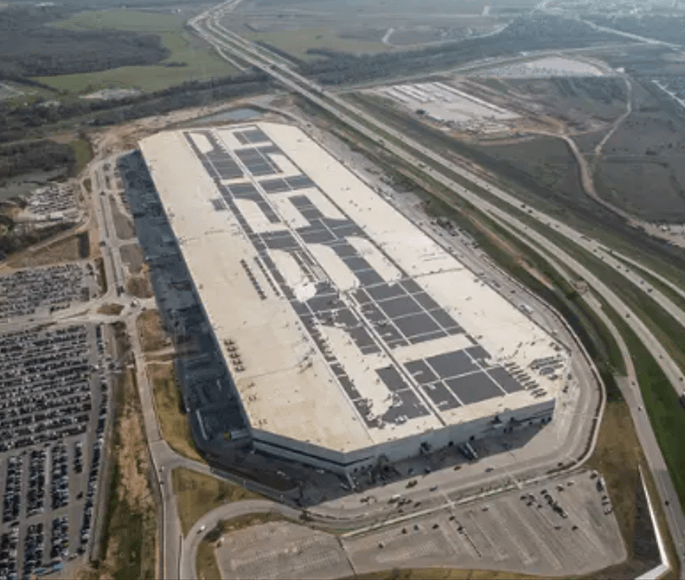

Tightly Packed and Large-Scale
Data Centers
Data Centers, specifically data halls, require immense power supplies and large amounts of cooling. Working with systems this large is daunting at first due to the shear amount of things that can go wrong if things are not as they appear in the model. Typically working within very tight clearances in order to maximize the space for data racks, this type of facility provides unique challenges on a massive scale. Being able to pull from our previous experience lets us know what we are looking for, and gives us ideas of how to address issues we see.
Mega-Projects with Plenty of Stakeholders
Aviation
Mega-projects such as airports come with long construction times and unique challenges. Most airport jobs are renovations or additions, and do not have the same adequate information of existing content that exists today. Understanding the technology that exists to identify that content is vital to projects of this type, and allows all stakeholders of the project to be on the same page. Some of that existing content are additional systems such as baggage handling systems, meaning even more content than the average building to work around. In this industry flexibility and creativity throughout coordination are even more important.
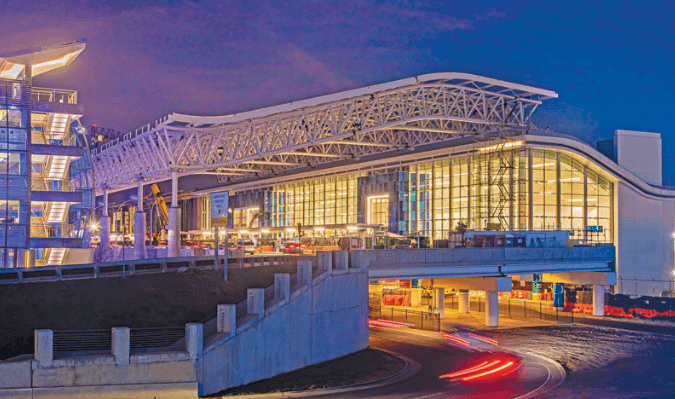
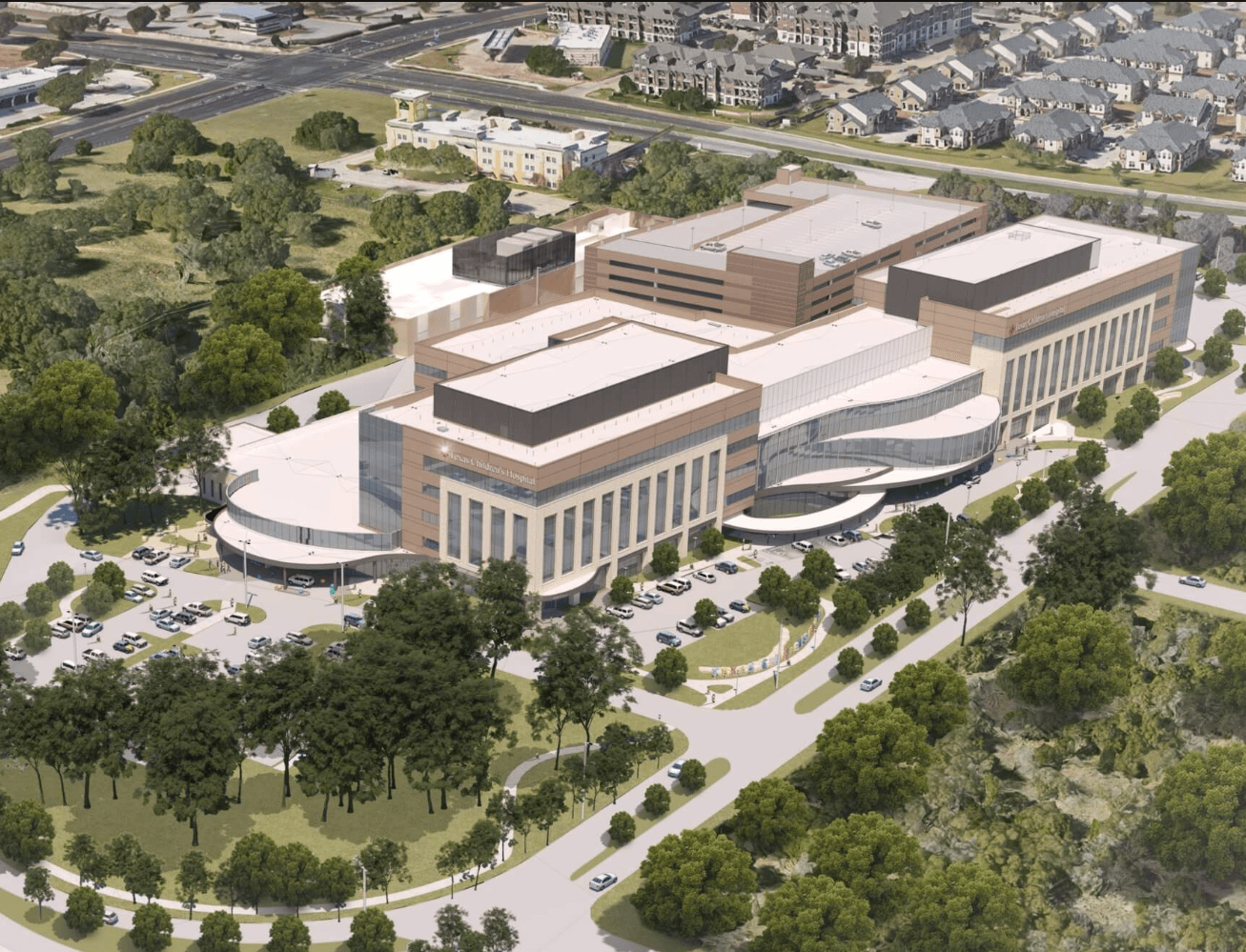
Specialty Rooms & Cases
Healthcare
Hospitals, clinics, and any other building that falls into the healthcare industry tend to come with additional systems and specialty rooms. An example is operating rooms which require significantly different power outputs and additional gas systems. The ability to identify areas that will cause concerns early on in coordination allows us to use our time efficiently at all steps of the coordination process, whether we are coordinating or designing.
Optimization for Time Savings
Offices
Offices are typically not the most difficult of buildings but can still eat up time during coordination for one main reason – repetition. Office buildings tend to repeat the same, or extremely similar, floor plans for each level. In some cases floors are completely identical and time can be saved by repeating the same design, but this puts significant pressure on the initial design. Whether we are designing for a specific trade, or leading coordination, our understanding of fitting systems together efficiently leads to us making the right choices for placement of systems, and providing valuable feedback for the whole team to speed up the process.
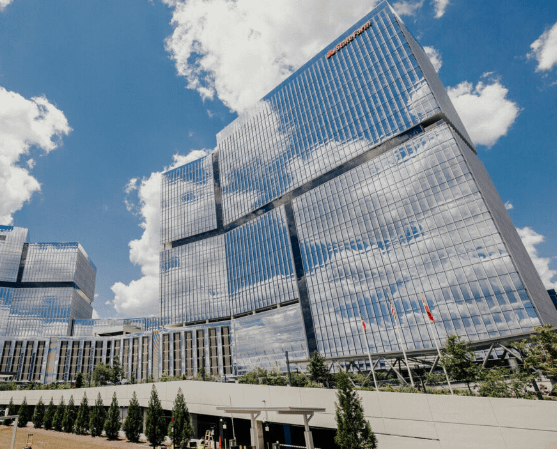
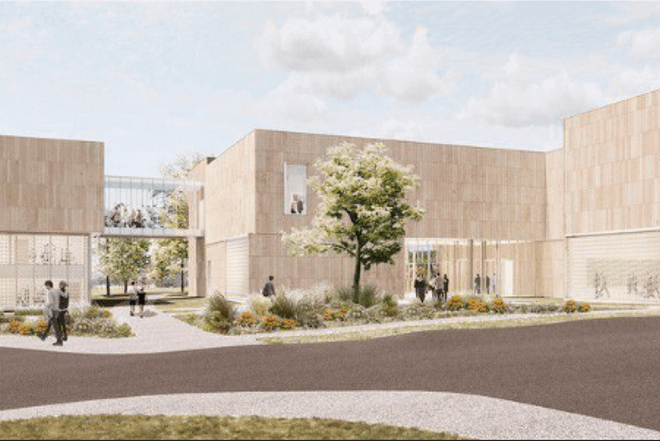
Saving Costs and Saving Time
Education
Educational buildings are becoming increasingly complex as time goes by, and with that comes opportunities for misses during coordination. Higher Education has typically seen more architectural freedom to make campuses attractive, and elementary, middle, and high schools have continued trending in the same direction. With each building being vastly different in the education space, there is no set formula or specific practices that lend themselves to success. Being diligent in your work and understanding how systems interact with the building they are providing for is vital for success, and we take pride in doing so.
Our Achievements
6
ACTIVE PROJECTS
5
ACTIVE CUSTOMERS
20
COMPLETED PROJECTS
4
MONTHS IN OPERATION
© 2024 Anchor3D, Inc